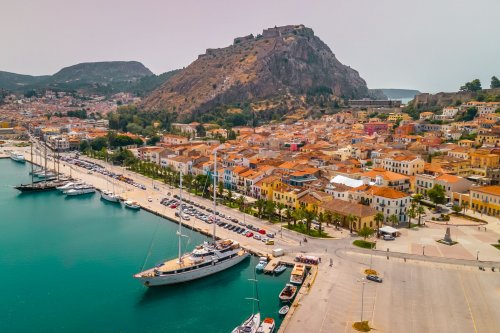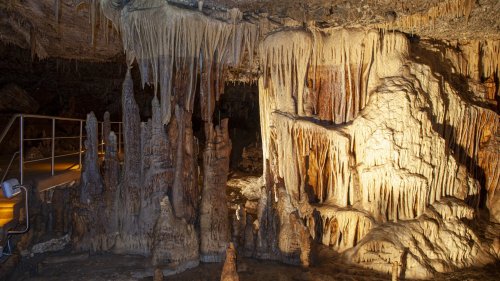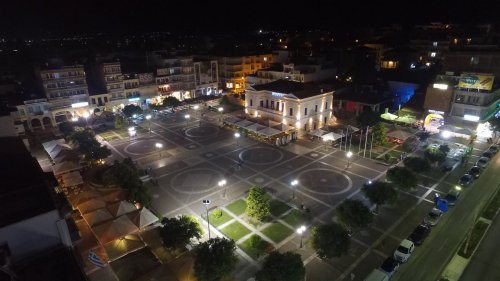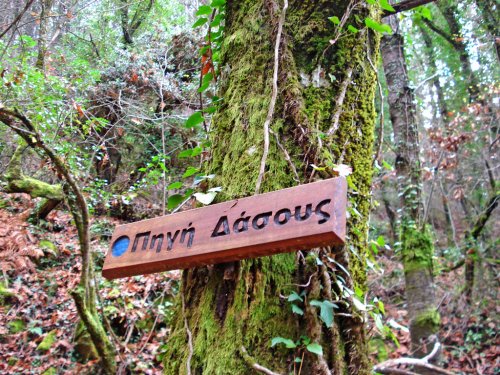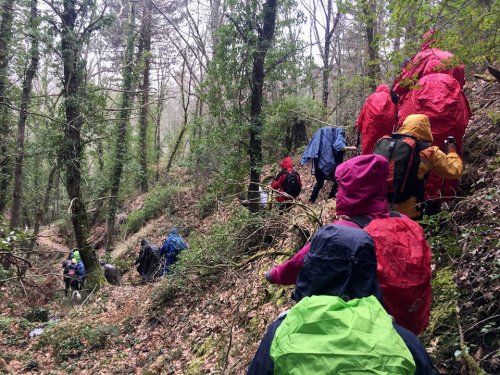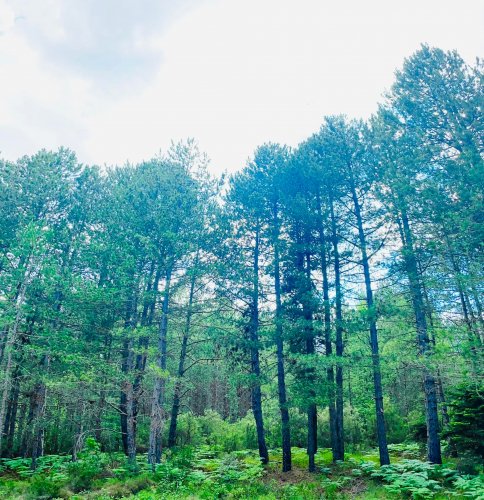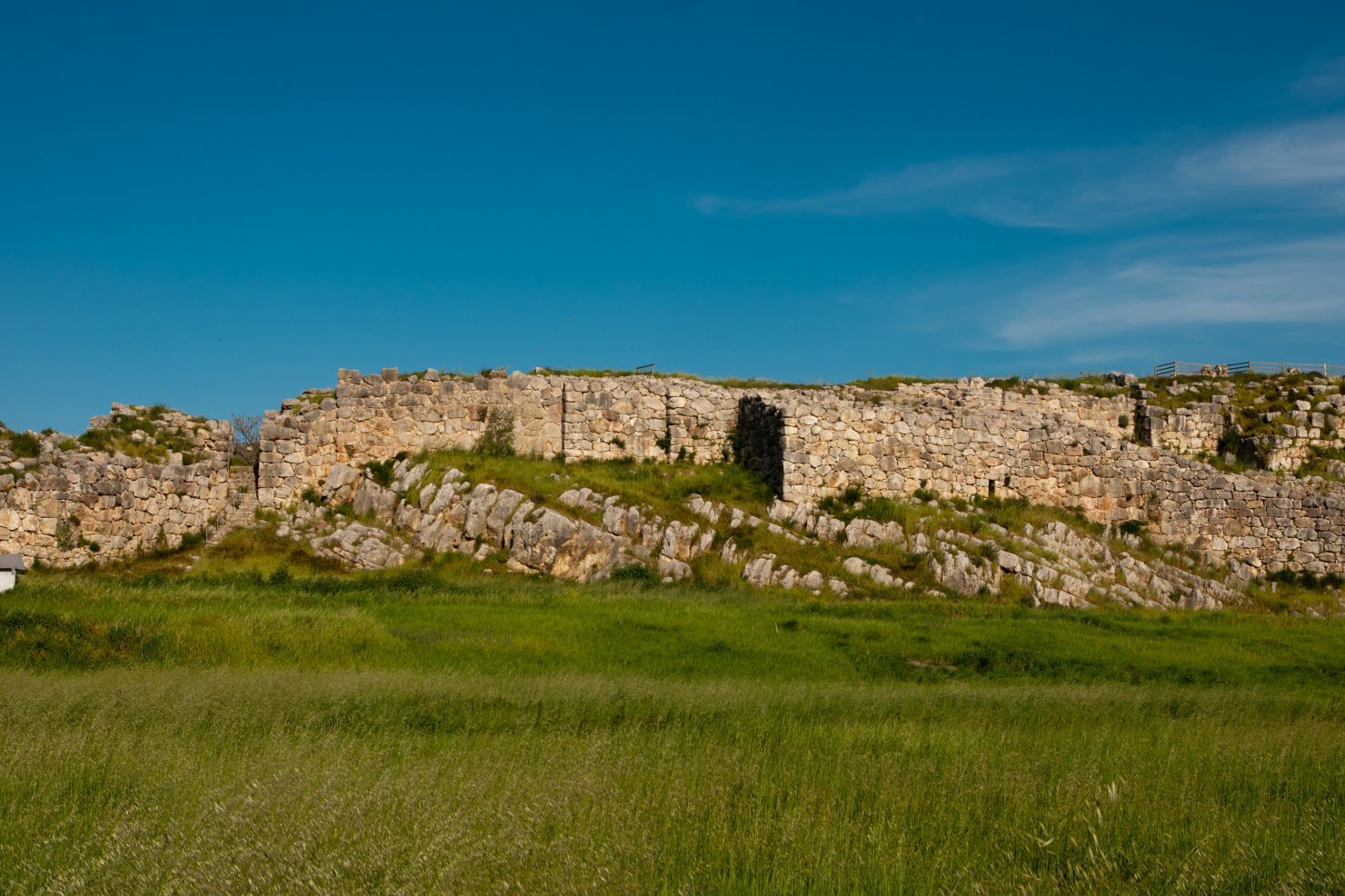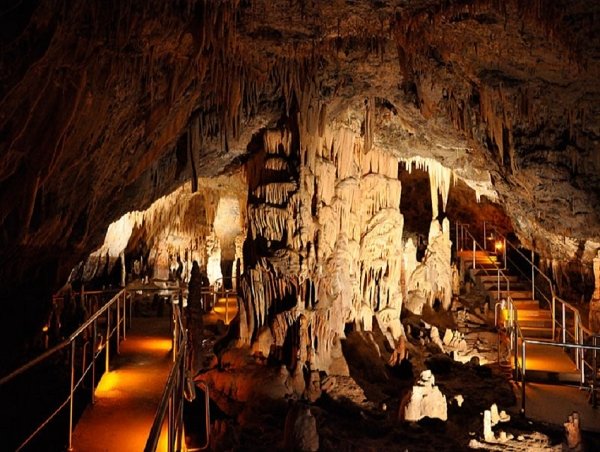From Nafplio to Sparta through Mt. Taygetos
Ancient cities, mythical gorges and picturesque villages
About the eternal dilemma of choosing between the shortest or the most beautiful route, the sworn travelers, the ones who enjoy both the destination and the journey without rushing to get there, would always choose the later: the most beautiful one.
Where the route passes by fairytale forests, doll-like villages, ancient cities and unknown places. Of course there is a shorter route to get from Nafplio to Sparta.
However, there is none more beautiful. If you have three days and a big appetite for exploration, then follow us.
We start from Nafplio.
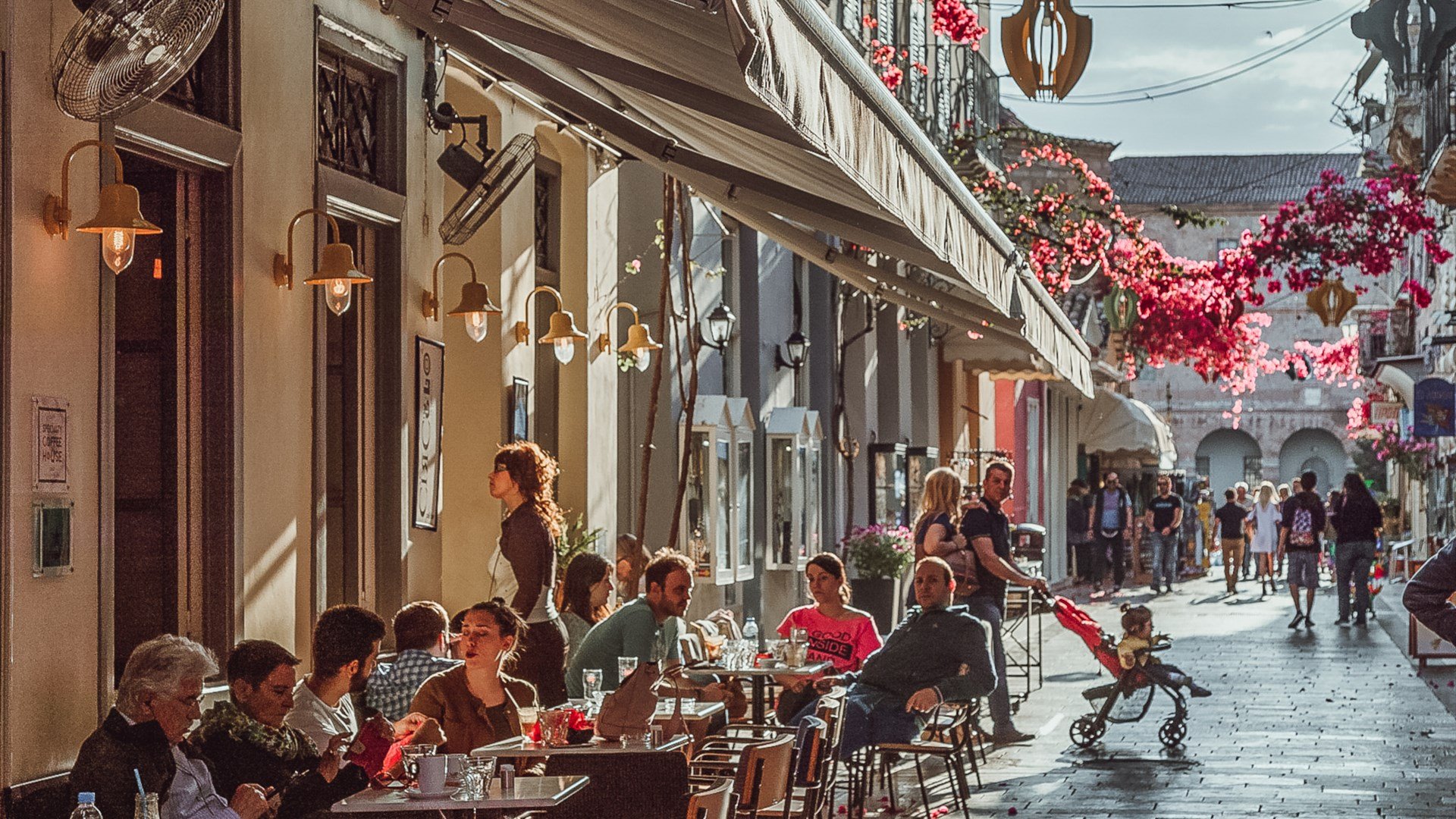
¦
¦
![]() 5 kilometers
5 kilometers
![]() 7 minutes of driving
7 minutes of driving
¦
¦
1st stop: Ancient Tiryns
According to Homer, its walls were built by the Cyclops themselves.
Here Hercules returned twelve times, after every one of his labors.
Since here was Eurystheus, the king of Tiryns that had ordered him to do all these incredible things he did- to kill the Stymphalian birds, fight and win the Nemean Lion, clean the Augean stables, and bring Cerberus from the Underworld alive.
Today, Tiryns is a super impressive, and rarely crowded, archaeological site, with its cyclopean walls intact and creating awe to the visitors, and with its imposing citadel being compared (and probably winning) with its more popular, modern version, the Mycenae citadel.
¦
¦
![]() 57.8 kilometers
57.8 kilometers
![]() 48 minutes of driving
48 minutes of driving
¦
¦
2nd stop: Kapsia Cave
It hasn’t been a decade since it opened its gates and Kapsia Cave, a kilometer and a half outside Kapsas village, is already one of the most popular caves in Peloponnese- if not of the entire Greece.
It makes sense and it is only fair, since it is one of the most impressive: Its paths spread in 330 meters length, passing through amazing stalactites and stalagmites, and are part of a very interesting guided tour that lasts about half an hour.
On the way to the cave, the archaeological site of Mantinea, one of the largest and greatest cities of Ancient Arcadia, definitely worths a stop.
On the one hand to see its small but special ancient theatre, and on the other hand to be left speechless in front of a more modern, but quite interesting monument: The church of Agia Fotini, a work of Dimitris Pikionis’ student, of Kostas Papatheodorou, which combines the ancient Greek with the byzantine architecture in an incredible (literally) outcome that human mind can’t conceive it.
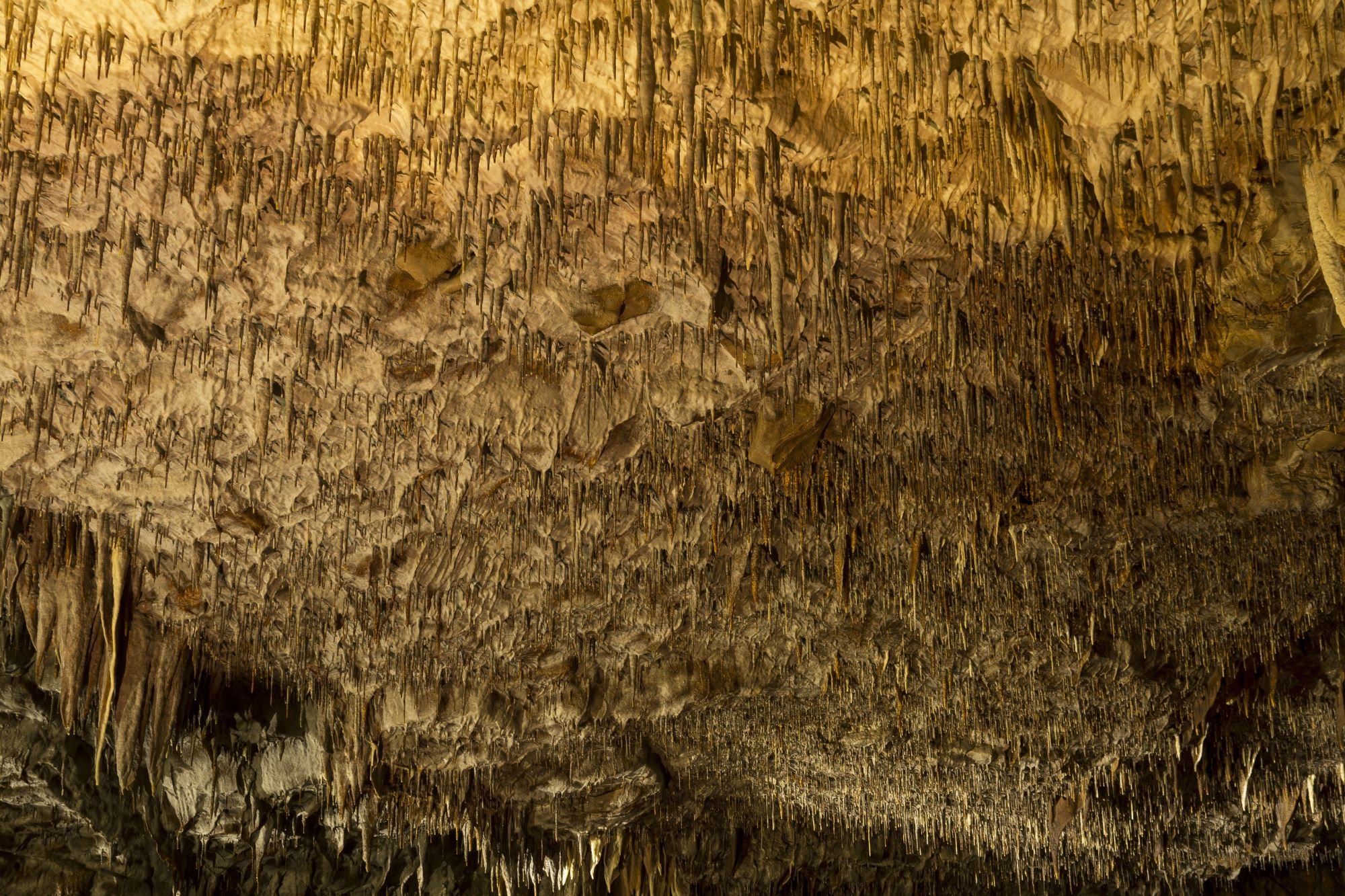
¦
¦
![]() 28.7 kilometers
28.7 kilometers
![]() 23 minutes of driving
23 minutes of driving
¦
¦
3rd stop: Tegea
Another great town of Ancient Arcadia, Tegea has goddess Athena as a protector, to which the temple of Athena Alea was dedicated.
According to tradition, inside that temple were kept the Erymanthian boar’s teeth that Hercules had killed. They say that when the Romans took over Tegea, they transferred them to Rome.
You will learn more about this story and many other stories of the three thousand year History of the town at the impressive, and quite atmospheric Archaeological Museum of Tegea that hosts imposing statues, among which the gigantic head of Asclepius, and other interesting findings from the excavations in the town.
There are few, but great, remnants of the ancient town saved till today at the archaeological site of Tegea’s Alea, a few meters away from the museum.
¦
¦
![]() 14.4 kilometers
14.4 kilometers
![]() 18 minutes of driving
18 minutes of driving
¦
¦
4th stop: Vlachokerasia
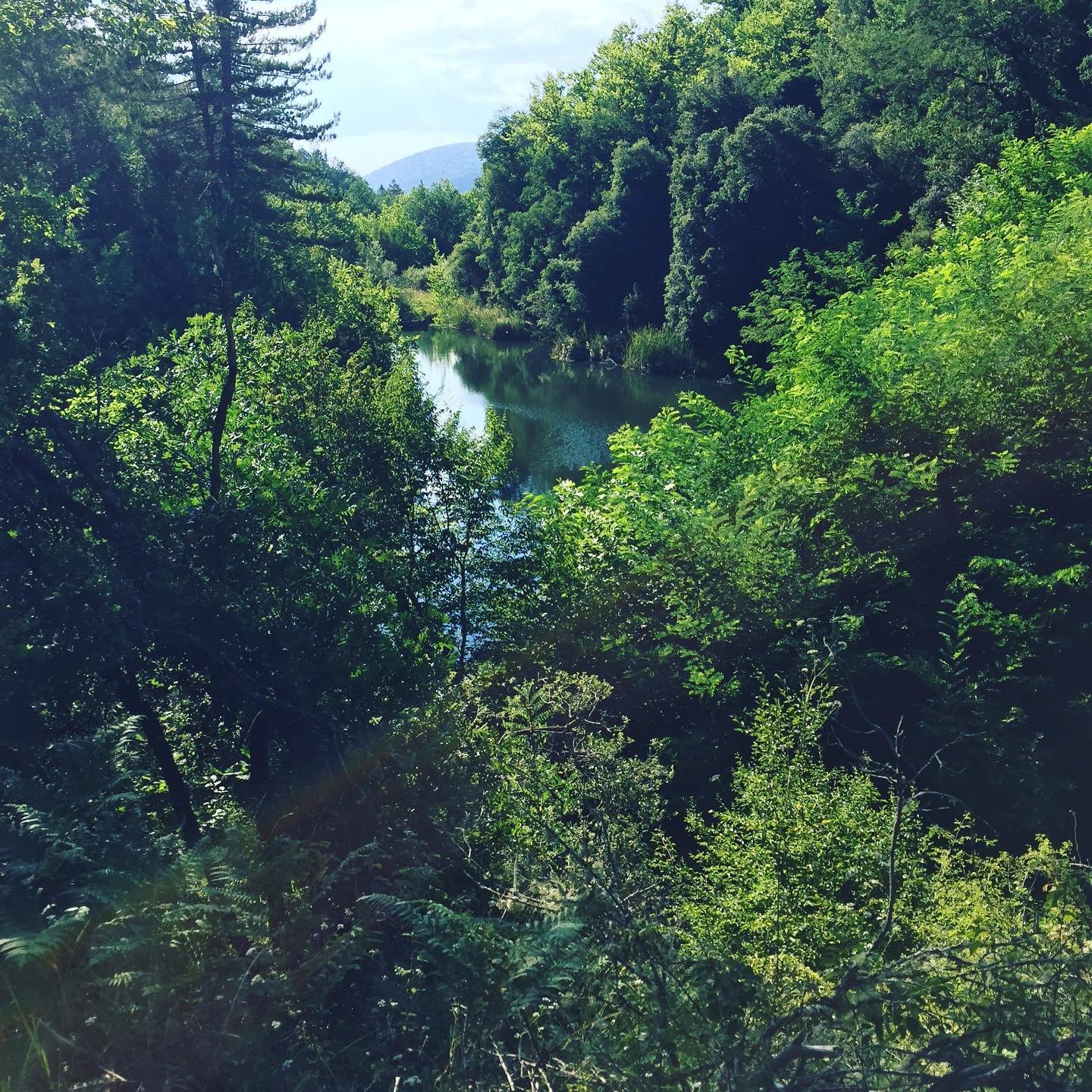
Nestled at an altitude of 960 meters, the tiny, sweet Vlachokerasia is a traditional village with quite alleys, stone houses, red tiled roofs and impressive old mansions poking through the lush vegetation of cherry, chestnut trees and apple, walnut and plane trees.
The houses of the village end exactly where the dreamy forest of Skiritida begins.
It is an ideal stop for the first overnight stay of our trip, as this quiet village of approximately 400 residents has nice options in food and accommodation.
Discover the path of Vlachokerasia
Travel Tips
Luxury in harmony with the natural environment
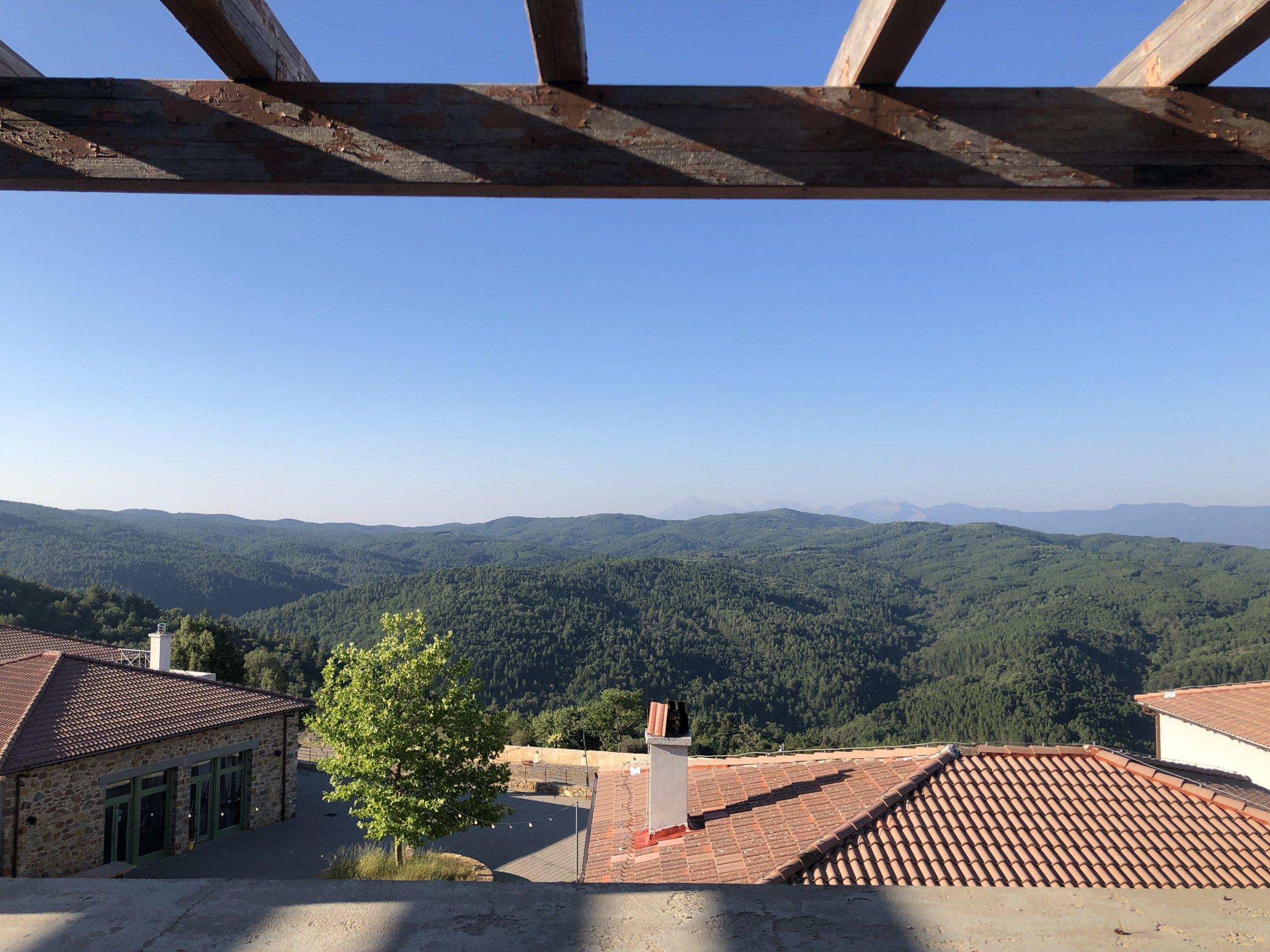
Overlooking the ancient mountains of Arcadia, in the heart of the Peloponnese, awaits a fresh and uplifting experience . . . a unique destination where a woodland lodge, rustic yet refined, offers quiet comfort and traditional Greek hospitality in harmony with nature.
Foresta in Medias Mores ⇒ ⇒ The forest in the centre of the Morea
¦
¦
![]() 17.2 kilometers
17.2 kilometers
![]() 28 minutes of driving
28 minutes of driving
¦
¦
5th stop: Kollines and the Forest of Skiritida
One of the most impressive and less known forest of Peloponnese, Skiritida spreads in almost 50.000 acres, nestled between Mt. Mainalo and Mt. Parnonas.
Bushy chestnut trees and huge black pine trees create the image of a green “mat” that is only interrupted by the blue waters of Evrotas River that stems here.
The forest is crossed by an amazing circular path of 14 kilometers that you can walk it in six to eight hours, depending on how many stops you will be tempted to make. If you are bored to walk, through the forest passes a paved road that connects Vlachokerasia with Kollines, a beautiful village climbed at the 830 meters.
The village’s Folklore Museum definitely worths a stop, which is hosted in an old stone-built school, as well as the little church of Agios Christoforos, which is built on a hill filled with oak trees.
¦
¦
![]() 15.2 kilometers
15.2 kilometers
![]() 35 minutes of walking
35 minutes of walking
¦
¦
6th stop: Pelana village
Our first stop at the slopes of Taygetos is a tiny village with a bunch of houses and a bunch of people, which despite that it probably hides one of the most important archaeological discoveries of the 21st century.
They say that here was discovered, by the archaeologist Theodor Spiropoulos, the palace in which Menelaus and Helen of Troy once lived before they leave, she went first and then he followed.
Whether he was right or not remains to be discovered.
One thing is for sure, here we have a huge Mycenaean palace with vaulted tombs, cyclopean walls and an impressive in size citadel that worths a stop, even if you don’t believe that Menelaus ever lived here.
¦
¦
![]() 5.5 kilometers
5.5 kilometers
![]() 9 minutes of driving
9 minutes of driving
¦
¦
7th stop: Kastori

One of the largest and most lively villages of Taygetos, Kastori is the perfect option for the second overnight stay of our small trip.
It is also a beautiful village, full of stone-built, tiled houses and adorned with colorful window shutters and arched yard gates.
The image of the village is completed with byzantine churches, stone fountains and cool squares, in which cafeterias and taverns spread their tables outside at the first sunlight.
In its sights are included the old watermills- the trademark of the village, the Marmarogefyro (marble bridge in Greek), which is an arched bridge above the waters of Kastor, the river that gave its name to the village, and the springs of Agios Mamas, in which the famous trouts of Kastori are farmed.
¦
¦
![]() 1 kilometer
1 kilometer
![]() 15 minutes of walking
15 minutes of walking
¦
¦
8th stop: Kastor river gorge
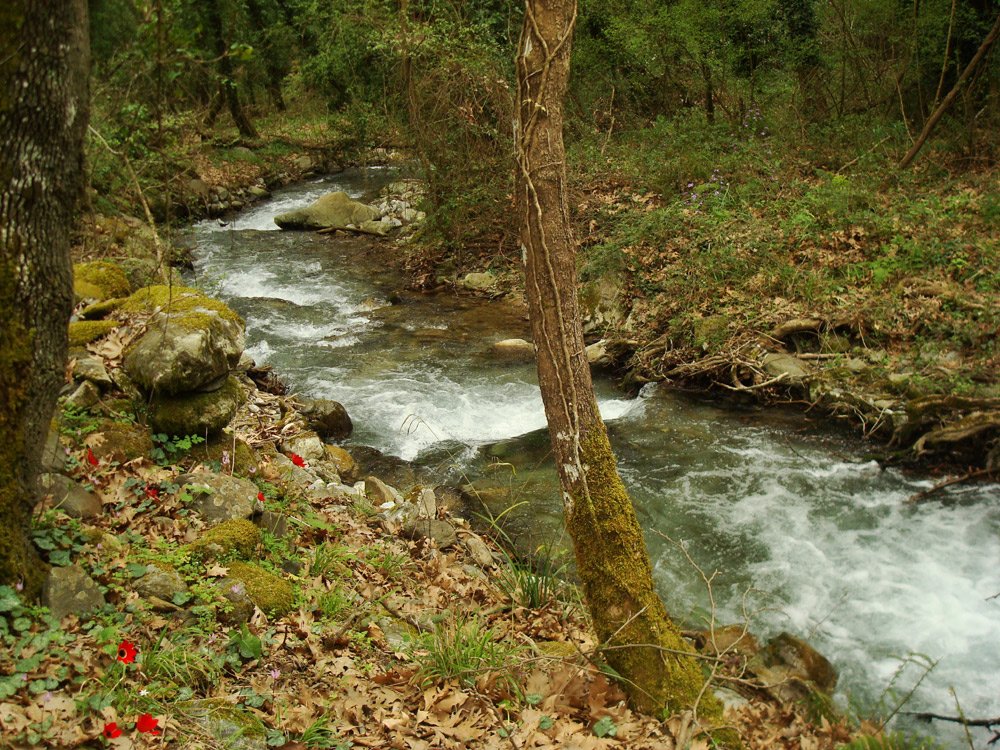
Kastor who gave his name to the river (and that in turn named the village) was one of the two Dioscuri, brother of Helen of Troy and hero of the expedition of Argonauts.
The path that follows the river along the way is one of the nicest and easiest hiking trails that you can follow in Taygetos.
It passes above wooden bridges, under century old plane trees and by old watermill debris, in an almost flat and perfectly signed route.
The path starts about a kilometer outside the village (you will see the sign that also includes a map with other trails of the region) and ends up after 40 minutes of walking to the arched bridge of Marmarogefyro that we mentioned earlier.
¦
¦
![]() 7.8 kilometers
7.8 kilometers
![]() 13 minutes of driving
13 minutes of driving
¦
¦
9th stop: Vordonia village
With the snow covered summits of Taygetos rising like a protective wall behind it, Vordonia is a tiny village of 250 residents, spread in six neighorhoods- settlements: Kampo, Oracho, Soulina, Papadianika, Ano Chora and Lopesi.
Close to Ano Chora are saved, at a rough spot, the few debris of Vordonia’s Frankish Castle, which was originally used by the Franks and then by the Byzantines as a bulwark of Mystras.
Inside the castle, those brave ones that will actually climb here, will find the church of Agios Dimitrios that was built in 1712, as well as some remnants of the battlements and its paths.
¦
¦
![]() 15 kilometers
15 kilometers
![]() 21 minutes of driving
21 minutes of driving
¦
¦
10th stop: Sparta
One of the most famous cities of the entire Peloponnese, Sparta with the amazing History at the edge of the legend is the end of this trip.
Here you will stroll in big, open squares and roads filled with trees, under the shade of enchanting neoclassical buildings that pop out here and there between blocks of flats.
And you will learn everything you need to know about the most mysterious of all the ancient Greek civilizations, starting from the Archaeological Museum and continuing to its small archaeological sites, which whatever they lack in well-preserved temples and sanctuaries, they compensate it with the view and the atmosphere.
More about Sparta here.
All the route along with the stops on the map here : https://tinyurl.com/yxmbv4hs

3-5 days trip


